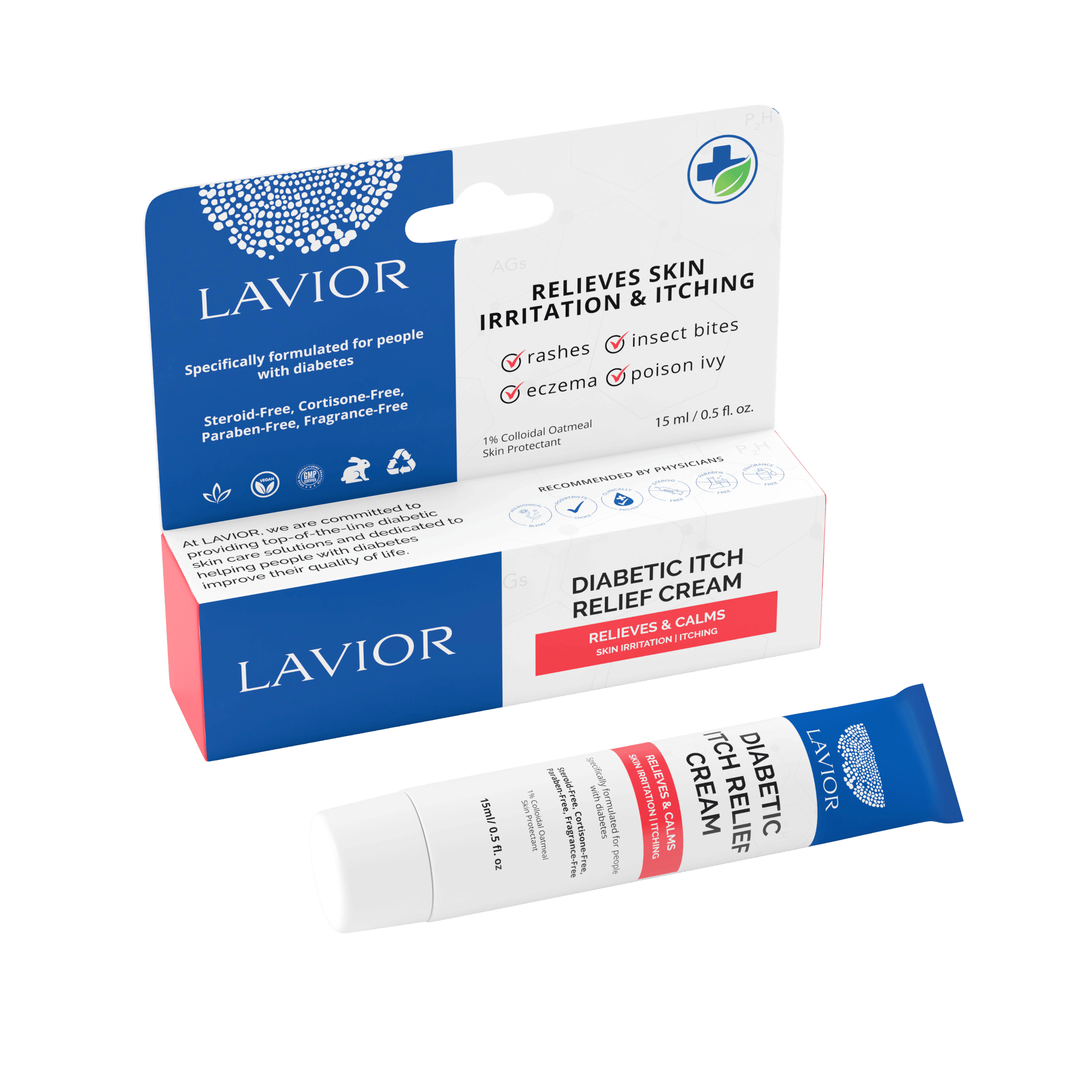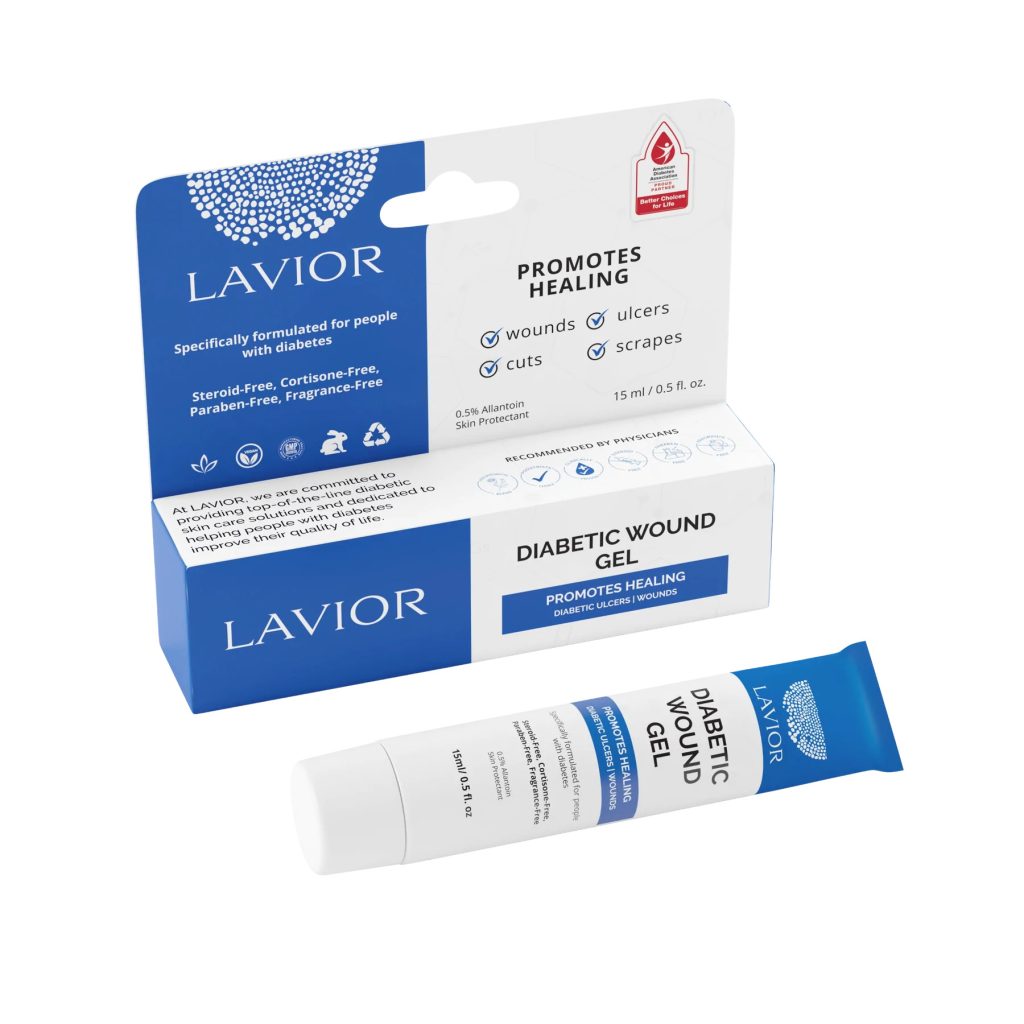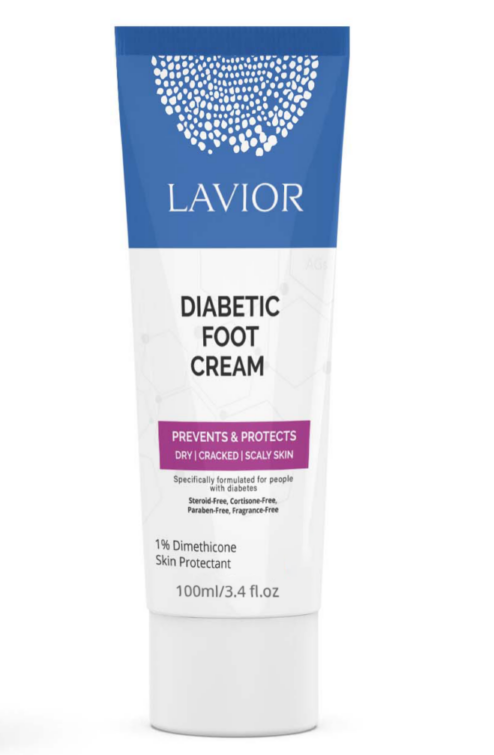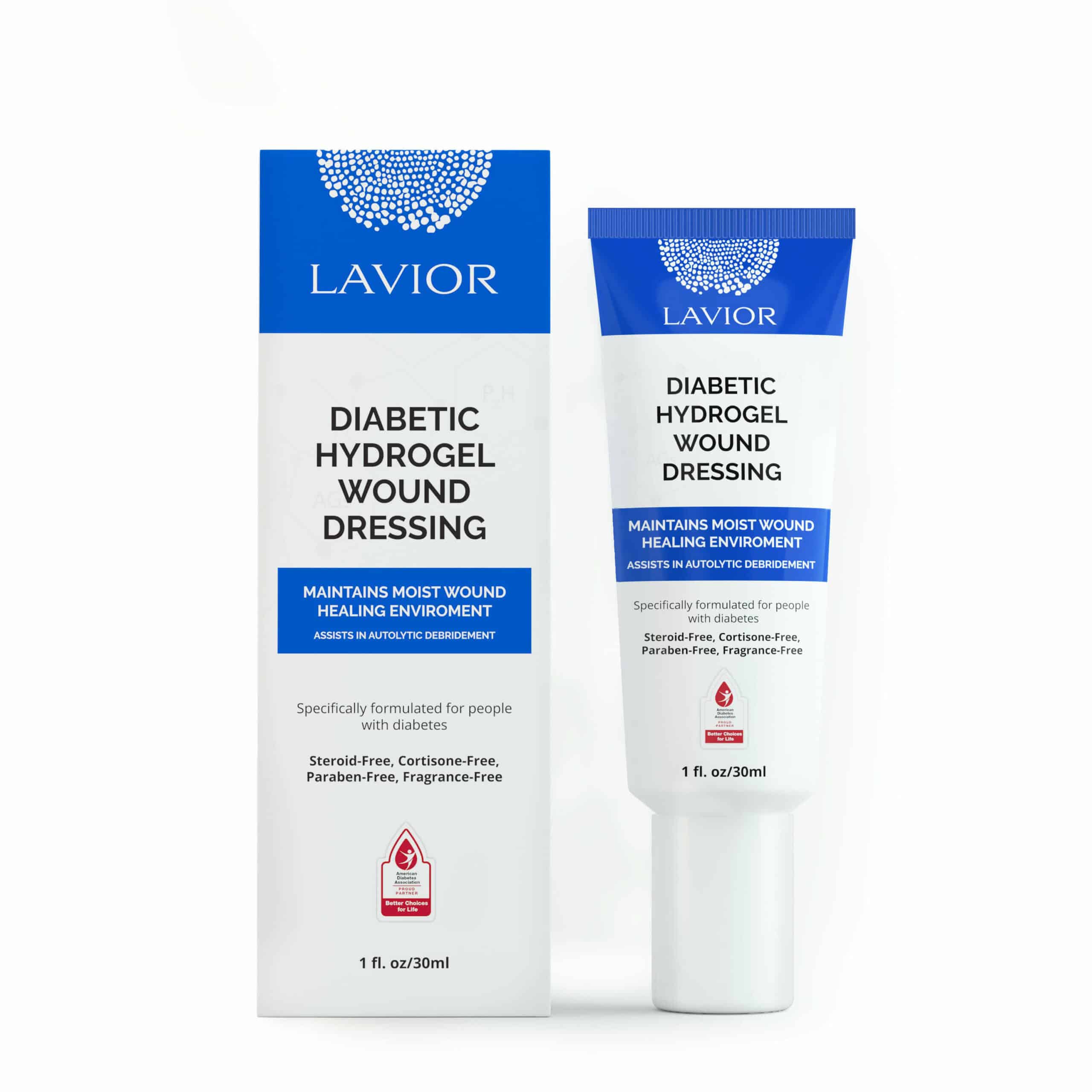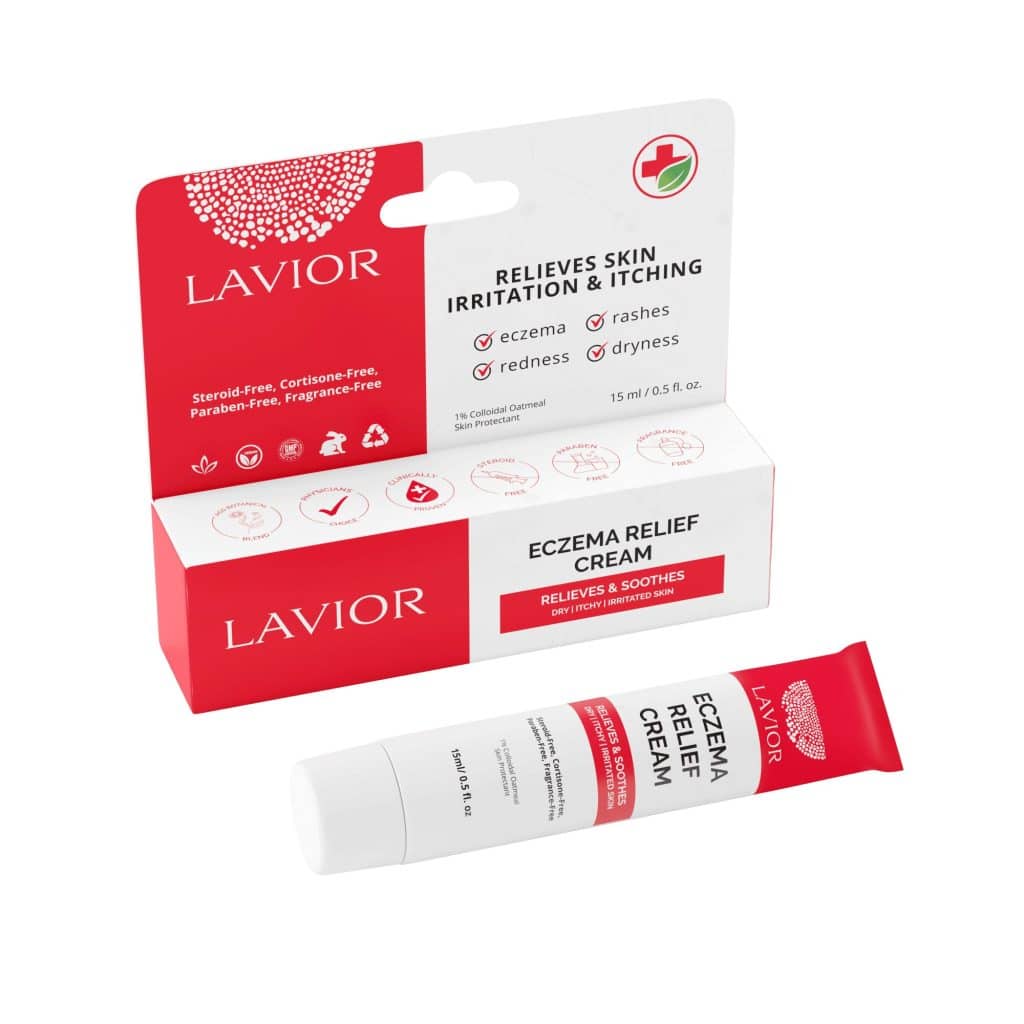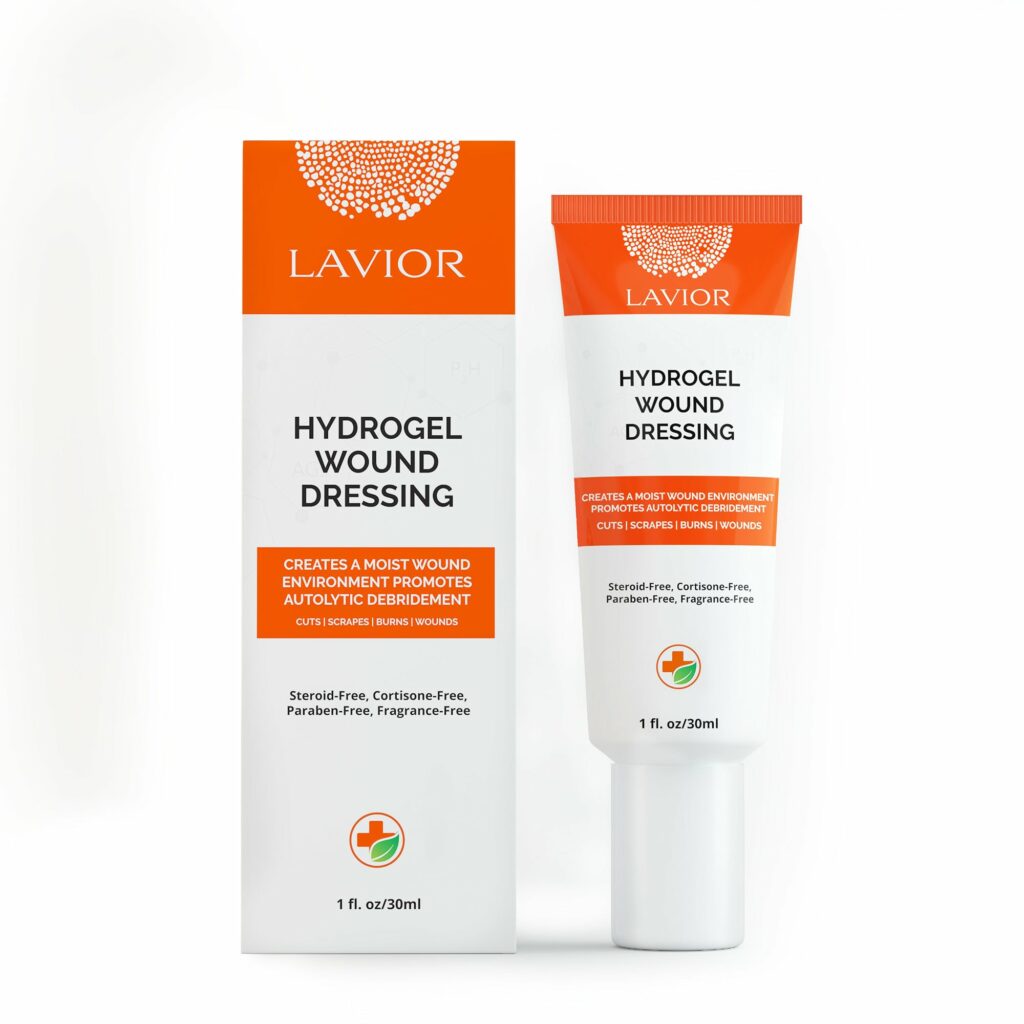Understanding Chronic Wounds
Chronic wounds, such as venous ulcers, arterial ulcers, diabetic ulcers, and pressure ulcers, are wounds that fail to heal in a standard timeframe. Managing these effectively requires a detailed understanding of their causes and suitable Chronic Wound Treatment methods. Chronic wounds often stem from underlying health issues such as poor circulation, diabetes, immobility, or weakened immune systems. Factors like infection, malnutrition, or inappropriate wound care can exacerbate them.
Understanding the underlying cause is essential, as it guides the treatment approach, which may include controlling blood sugar in diabetic wounds or improving circulation in venous ulcers.
Comprehensive Assessment
A thorough assessment is key to managing a chronic wound, which includes evaluating its size, depth, and the presence of infection. This step is crucial to select the appropriate treatment, including the right wound care products.

During this assessment, healthcare providers also consider factors like the wound’s location, the patient’s overall health, and the duration of the wound. Chronic wounds can change over time, so continuous assessment is necessary to adjust treatment plans. For instance, a wound that becomes infected might require different care, such as antibiotic therapy or specialized wound gels, than one that is healing steadily.
The TIME Principle
The TIME principle (Tissue management, Infection control, Moisture balance, and Edge of the wound) is fundamental in chronic wound management. This article addresses each aspect with specific strategies and treatments, including specialized gels and dressings for optimal wound care.
This framework guides the treatment and management strategies:
- Tissue Management: Debridement, or the removal of dead or infected tissue, is vital. Different methods such as surgical, autolytic, enzymatic, and biologic debridement, are used depending on the wound type.
- Infection Control: Chronic wounds often harbor biofilms that impede healing. Treatment may involve topical antimicrobials, systemic antibiotics, and techniques to disrupt biofilms.
- Moisture Balance: Maintaining the right moisture balance is crucial for wound healing. Excessively dry or moist environments can delay healing. Appropriate dressings are selected based on the wound’s condition to add moisture or absorb excess exudate.
- Edge of the Wound: Ensuring the wound edges are free from undermining and necrosis is important for promoting epithelialization and wound closure.
Special Considerations for Different Wound Types
Each type of chronic wound has specific considerations:
- Venous Ulcers: Compression therapy, elevation of the limbs, and exercises to improve venous return manage these ulcers, as these often result from venous insufficiency.
- Diabetic Ulcers: These require meticulous care, often involving diabetic wound gel to promote healing while managing glucose levels.
- Pressure Ulcers: Preventing these ulcers involves regularly repositioning immobile patients and using pressure-relieving devices. Treatment includes managing infection and ensuring adequate nutrition.
Role of Nutrition and Lifestyle
Nutrition plays a pivotal role in wound healing. A diet rich in protein, vitamins (especially A and C), and minerals like zinc is crucial.
Lifestyle modifications like smoking cessation, diabetes, and wound management also significantly impact the healing process.
Advances in Treatment
The field of wound management is continually evolving, with advancements in treatments like negative pressure wound therapy, skin substitutes, and growth factor therapies. Research into stem cell therapy and gene therapy holds promise for the future.
Multidisciplinary Approach
Effective management of chronic wounds requires a team approach involving physicians, nurses, dieticians, physical therapists, and sometimes, specialists like vascular surgeons or endocrinologists. Patient education and involvement in the treatment plan are also essential for successful outcomes.
Closing Thoughts
Chronic wound treatment is dynamic and challenging, requiring a comprehensive approach that addresses the wound, underlying causes, and patient-specific factors. By employing a systematic approach like the TIME principle and embracing new treatment modalities, healthcare providers can significantly improve healing outcomes and enhance the quality of life for individuals suffering from chronic wounds.



